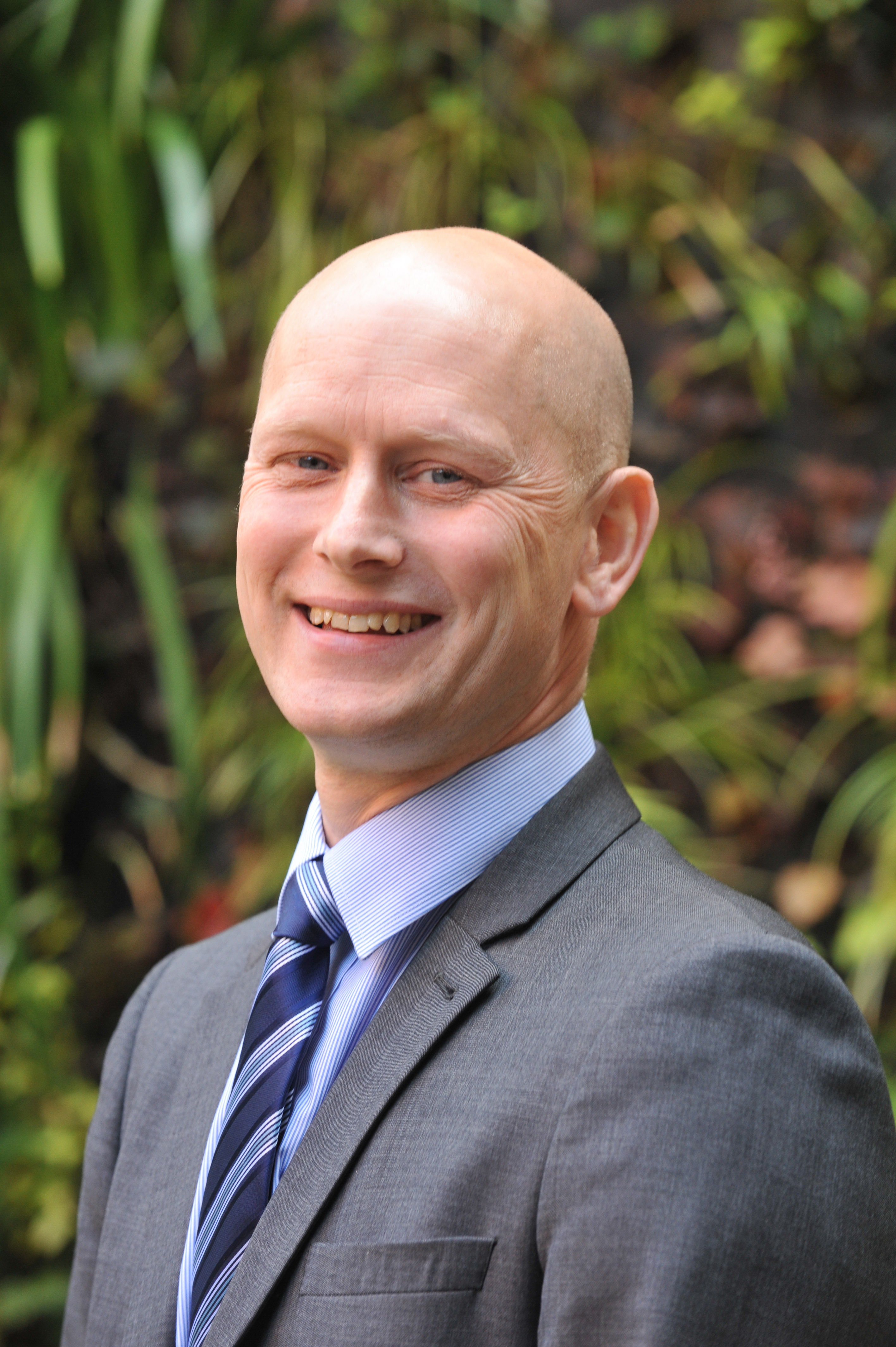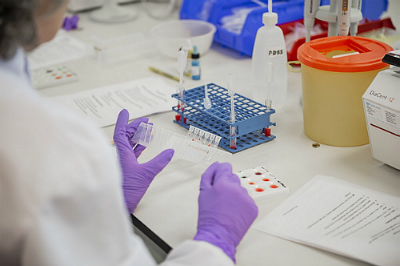Working out what the future holds for patients
Dr Nick Watkins is our assistant director of research and development. He highlights some of the exciting projects that our scientists are leading.
 Predicting how future generations will benefit from our services is challenging. Niels Bohr, the Nobel Prize-winning physicist, was right when he said, “Prediction is very difficult, especially if it is about the future.”
Predicting how future generations will benefit from our services is challenging. Niels Bohr, the Nobel Prize-winning physicist, was right when he said, “Prediction is very difficult, especially if it is about the future.”
But technologies that are likely to have a significant impact over the next generation include cell and gene therapies, data science and genomics (identifying and mapping genes and their function).
There are already examples of how these are transforming patient diagnosis and treatment.
In the future, multi-transfused sickle cell patients will be able to choose from a gene therapy that “cures” their disease, treatment through transfusion of donated blood, or treatment with laboratory grown red cells.
In the same timeframe, transplant recipients may receive advanced cell therapies, that reduce the chances of the patient’s immune system rejecting the organ.
Tailor-made cells
Our scientists in Bristol and Cambridge are using gene editing techniques to modify blood cells that they are growing in the laboratory. These modifications allow us to produce red blood cells with specific blood groups, or platelets that lack human leucocyte antigens (HLA).
These novel cell therapies may provide better transfusion products for hard to match patients. The same scientists are also hard at work on a clinical trial that will test whether laboratory grown red blood cells survive longer than donated blood cells.
Alongside gene therapies, new cellular therapies have been developed which are able to either replace defective cells or target cancer cells. So-called Chimeric Antigen Receptor T-cells (CAR-T cells) can retarget the body’s defence systems to attack and destroy cancer cells.
These therapies, which are being manufactured in our Cellular and Molecular Therapies laboratories, offer some cancer patients treatments where all others have failed.
The Component Development Laboratory together with the manufacturing development team are working on projects that will improve the provision of traditional blood components to hospitals.
They are developing new components that combine red cells, platelets and plasma, which may offer more effective treatment for patients who suffer massive blood loss through trauma.
Data science is key
Data science is becoming a critical part of how we innovate. This new approach involves bio-informaticians and data scientists using state of the art high-performance computers to gain previously unseen insights.
Working with academic and industry partners, we have started to analyse NHS Blood and Transplant (NHSBT) data, provided by donors using advanced algorithms. You can find out more about how we use your data but rest assured all data is anonymised and cannot be used to identify you.
The outcome of these studies is providing insights into donor behaviour, blood use, and transplant list waiting times. Operationally, linking data on when blood is issued to donor mobile numbers and the introduction of a simple texting system is transforming the way we interact with donors. Anyone following the @GiveBloodNHS Twitter feed will see how much donors love to receive these texts.
In genomics, we were the first organisation to deploy next generation DNA sequencing to type bone marrow donors. This approach, developed in our Histocompatibility and Immunogenetics Laboratories, provides unrivalled resolution of a donor’s human leucocyte antigens information, which increases the likelihood of our donors being selected to treat patients requiring a stem cell transplant.
We are also working with industry organisations to develop the next generation of donor and patient genotyping platforms. These will enable us to characterise donors as never before, providing comprehensive information on blood groups and increasing our ability to supply matched blood to patients.
First therapy approval
On 19th December last year, the U.S. Food and Drug Administration approved a gene therapy called Luxturna that can be used to treat a rare form of blindness. This marked the first approval of a gene therapy for an inherited disorder.
The drug, which consists of a virus containing a correct copy of a gene that is critical for normal vision, is given only once and can restore sight in these patients. The race is on to develop gene therapies for other inherited disorders such as haemophilia, thalassemia and sickle cell disease.
The creation and application of knowledge will continue to drive change. Our research, development and innovation programme spans NHSBT, with advances in transfusion and transplantation building on those in other clinical fields. We cannot predict the future, but, as Alan Kay, a pioneering American computer scientist, once said, “The best way to predict the future is to invent it.”
